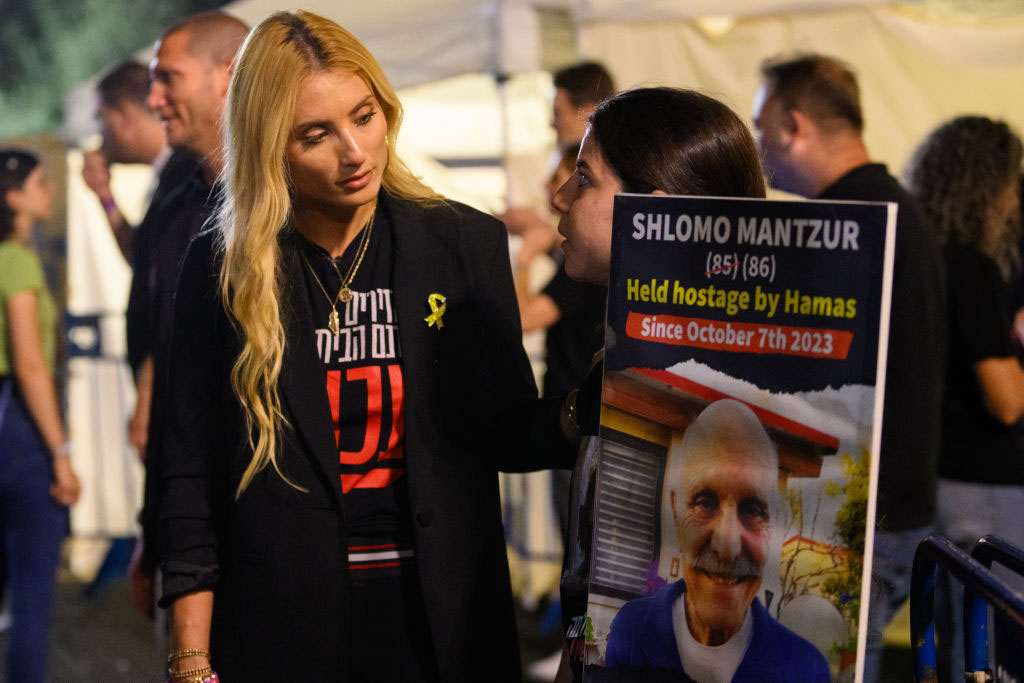
Rabbi Haim Sabato spends his days in the Beit Midrash of Yeshivat Birkat Moshe in Ma’aleh Adumim, where he is a Rosh Yeshiva, teaches Talmud…and writes novels.
Born in Egypt and descended from a long line of rabbis from Aleppo, Rabbi Sabato is often compared to Nobel Laureate S.Y. Agnon:
“I followed in Agnon’s footsteps in immersing my stories in the traditional sources, but I felt a few layers were missing from his language. I wondered, where are the wordplays of the Sephardic kabbalists, the homiletics of the Aleppo scholars, the halakhic terminology of Moroccan rabbis, the Aramaic translations of Yemenite Jews, and the Ladino scholars of Jerusalem who mix Midrash and Bible, dip it in Rashi, and create Ladino idioms? I was zealous for them, so their language not be forsaken and lost. Who will sketch their profiles, in their language?”
Sabato’s novels mirror his own experiences, that of Sephardic immigrants to Israel – rabbis, poets, and “simple folk” – of their interaction with the predominantly Ashkenazi culture of Israeli society, and of their struggle to socially integrate while maintaining their distinct Sephardic culture and philosophy. Aleppo Tales, The Dawning of the Day and From the Four Winds are Sabato’s literary expressions of Israel’s “Sephardic story.”
But long before he became a celebrated author, Sabato answered the call of duty in Israel’s most critical hour. 50 years ago this week – on Yom Kippur, 1973 – the young Haim was dispatched to the Golan Heights, where he heroically fought in some of the fiercest tank battles. Sabato recounted his experiences in his award winning novel Adjusting Sights:
“Syrian shells were coming closer. Two tanks were hit on our right. I fired. A shell landed near us. Gidi spotted the tank on our flank. I swiveled the gun. The sun was in my eyes. The lense of the periscope was a white glare. I had to find it. Please, God! Just for a second, just this once. I strained to see. There it was. Gidi shouted ‘Gunner, combat range, fire. Driver, back up, quick. Gunner, pray!’ I fired and yelled ‘You pray too, Gidi!’ ‘I don’t know how to’ he called back. I prayed as hard as I could: I beseech thee, O Lord, save us.”
In Hebrew, Adjusting Sights is Te’um Kavanot, a double-entendre. The “sights” a tank gunner “adjusts” when aiming are called “kavanot” – the same term used for meditating during prayer.
On Yom Kippur, 1973, was it possible to “adjust the kavanot” of a tank while “adjusting the kavanot” towards God in heaven?
50 years later, Rabbi Sabato – a Sephardic-Israeli-Literary icon – still contemplates this deep question.
Shabbat Shalom & Gmar Hatima Tova
Rabbi Daniel Bouskila is the director of the Sephardic Educational Center and the rabbi of the Westwood Village Synagogue.






















 More news and opinions than at a Shabbat dinner, right in your inbox.
More news and opinions than at a Shabbat dinner, right in your inbox.